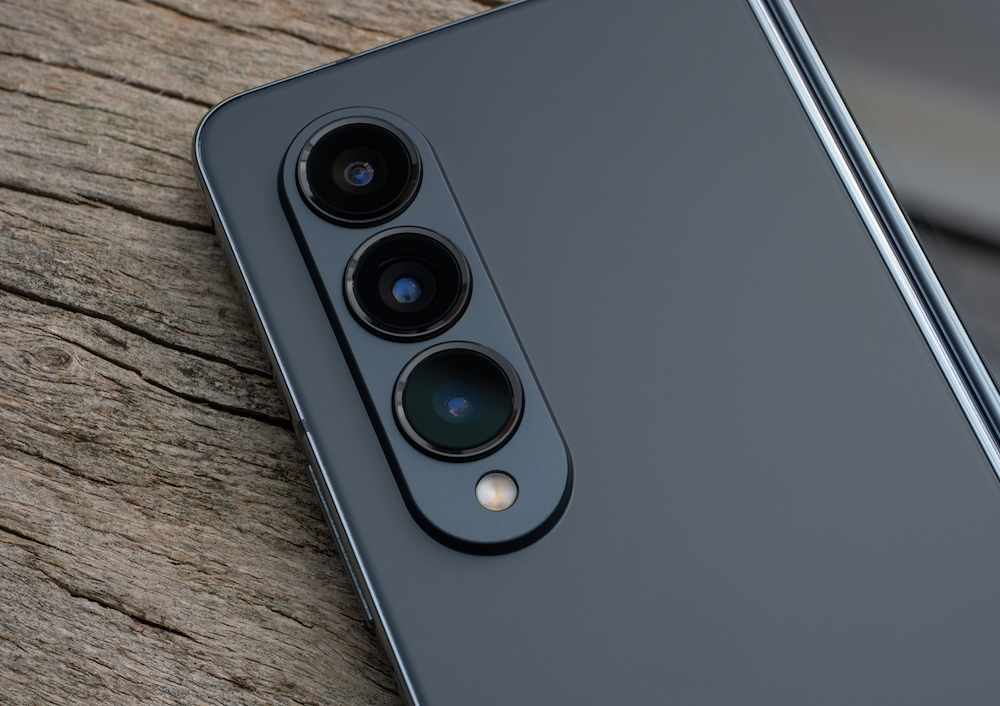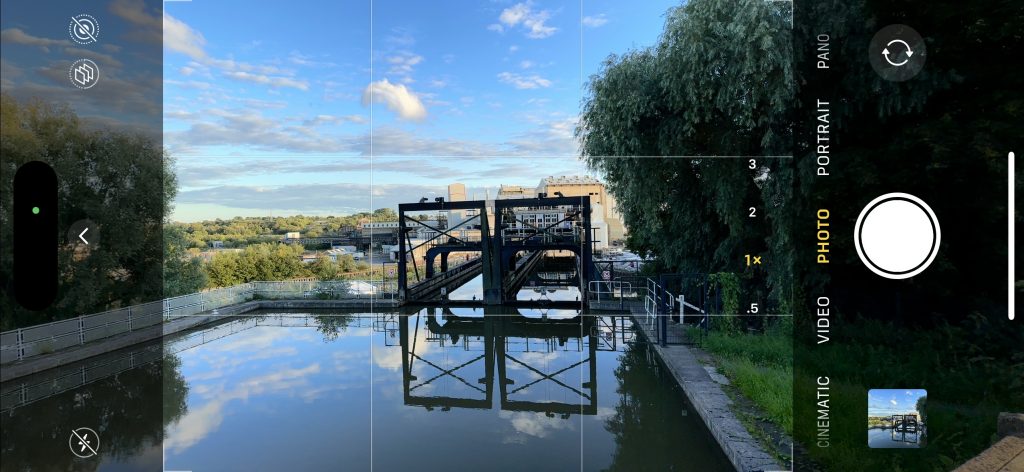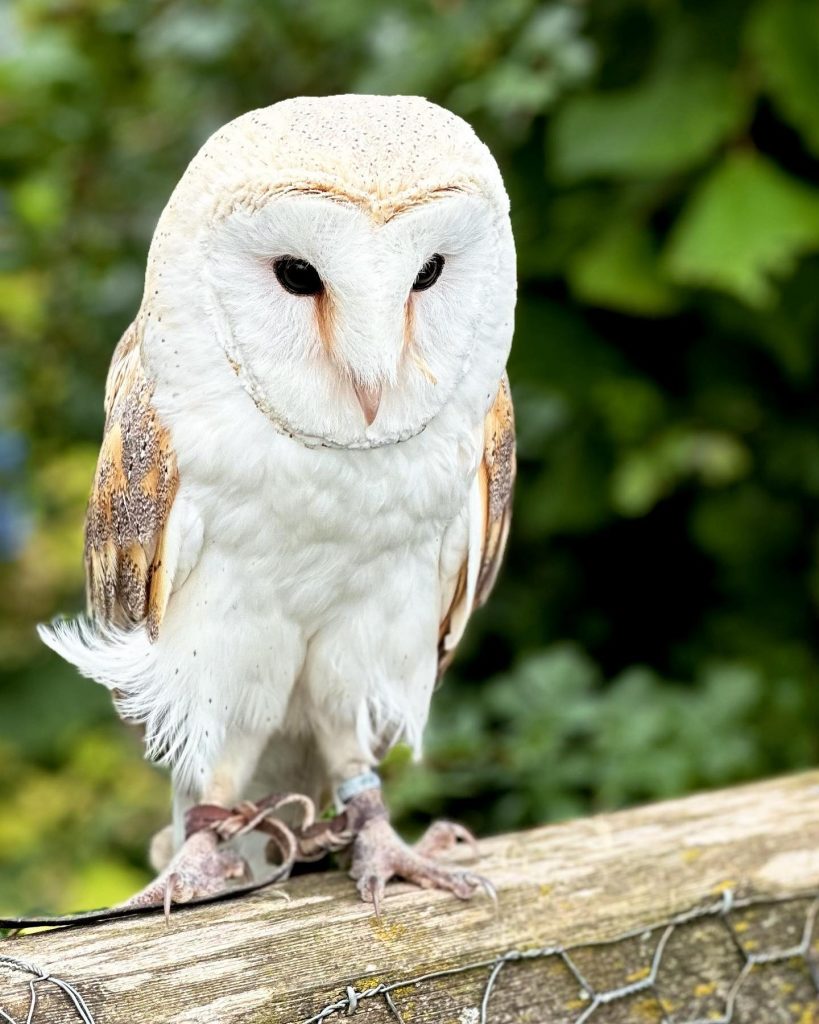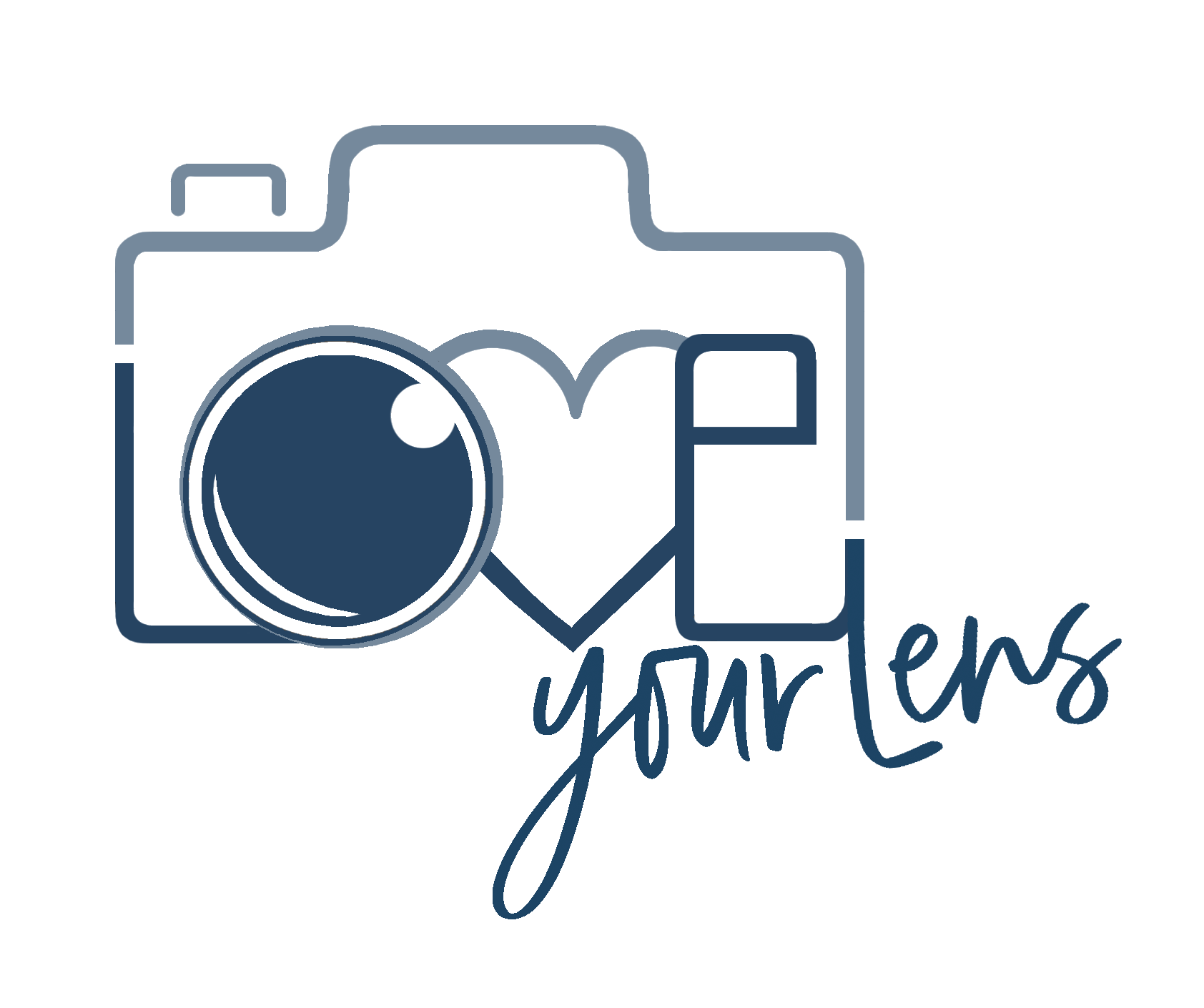How to choose the best phone camera as a non-geeky photographer
The time has come to upgrade your phone. And although on one hand it's exciting (ooh! a new gadget to play with!), on the other it's all a bit overwhelming. If you are anything like me, your main criteria is that the camera has to be fantastic, producing stunning images and have some great features, like Portrait Mode, good quality zoom options and great performance in low light.
The 'problem' is that the flagship models boast all those things and more, so how on earth do you decide between them.
At the time of writing the holy trinity of phone cameras are regarded by many as the iPhone 15 Pro Max, the Samsung Galaxy S23 Ultra and the Google Pixel 8 Pro. They are also pretty pricey and a major concern is that it's a very expensive mistake to make if you don't like it once you've bought it. And it's something you've going to have to live with for around 3 years or longer.
So, how on earth to decide? Google seems like a decent place to start, but it's not long before my eyes glaze over and my head hurts, faced with abbreviations and technical terms that do not compute in my non-geeky brain.
Please, someone just tell me which one takes the best photographs!
If someone comes to me and asks me what camera and lenses they should buy, one of my first questions is what do they like to photograph?
That's a very valid question for phone cameras too and is a great place to start. If you were to tell me that your daughter rides at horse jumping events and you like to try to get great photos of her, I'd know immediately which of the holy trinity to recommend (the Samsung Galaxy S23). Whereas if you told me that you mainly want to photograph family and friends I'd suggest a different one (perhaps the Google Pixel 8 Pro). To get an even better idea I'd ask some other questions too, but what you're mainly going to use it for matters.
Given that all three flagship phones boast lots of megapixels (which means there'll be lots of detail and you can print as big as you'd probably want to display at home) and they all have high quality lenses, you don't need to be particularly concerned that image quality will be significantly worse on one of them. They will all take amazing photos. However, one area which might make a significant different to you, depending on what you like to photograph, is the amount of optical zoom.

Optical zoom vs digital zoom
It might seem obvious but lenses on phones can't actually zoom in and out like they do on a camera lens. That's why you might have two or three lenses on the back of your phone. Each one is different, with usually an extra wide lens, a normal wide lens and a telephoto lens to get closer. The phone switches between them as you zoom in. When it uses any of these lenses it's using optical zoom i.e., the best quality.
You can see the optical zoom options on this screenshot below, on the right of the image. This phone offers 0.5x, 1x, 2x and 3x optical zoom. 0.5x is ultra wide angle and 3x is the maximum amount of optical zoom on this phone. Simply tap on any of these numbers to change the amount of optical zoom.

Anderton Boat Lift, Cheshire. iPhone 14 Pro at 1x optical zoom.
However, when you zoom in by pinching out on the screen you are no longer using optical zoom, but digital instead. You would be able to zoom much closer than the 3x on this phone, but the image quality would be inferior. To avoid this, don't pinch to zoom unless you really have to, stick to tapping on the optical zoom numbers.
It's also worth pointing out that the different lenses each offer a different amount of megapixels (MP). Let's use the Samsung Galaxy S23 Ultra as an example.
The ultra wide 0.7x lens has 12MP.
The 1x main lens has a massive 200MP.
The 3x and 10x lenses both have 10MP.
How much optical zoom do you need?
This is an area where phones differentiate themselves. Let's take a look at the maximum optical zoom offered by the holy trinity, and the number of megapixels at that maximum zoom.
iPhone 15 Pro Max has 5x*. This lens is 12MP.
(*Note that the iPhone 15 Pro only has 3x.)
Samsung Galaxy S23 Ultra has 10x. This lens is 10MP.
Galaxy Pixel 8 Pro has 5x. This lens has a whopping 48MP.
The more optical zoom, the better, right?
You'd think so wouldn't you? But I'm not so sure. I photograph landscapes, people, places and food. I don't often need 10x zoom for those and I mostly use 2x and 3x optical zoom and as I've got the iPhone 14 Pro these both have 12mp, which means great quality. I also like the fact that my phone offers 1x, 2x and 3x optical zoom in portrait mode too.

Photographed with iPhone 14 Pro in Portrait Mode 3x zoom.
I could have opted for the Google Pixel 8 Pro with its 48MP but I'm a bit nervous about the emphasis on AI to enhance photos. As a keen photographer I want to be in control as much as possible.
But that's me, and your preferences and photography interests will be different. I've highlighted optical zoom as a key factor in the decision making process as it is one of the main areas where the brands are competing against one another and it really affects your photography experience.
The mum with the horse-jumping daughter (sounds like she jumps over horses!) would love the 10x zoom offered by the Samsung. The person who wants to photograph families and friends could go for any of the three, but might like the AI capabilities of the Google Pixel Pro with its Photo Unblur, Magic Eraser, Best Take features. But if they've had iPhones before and have them synced to other devices then they would be superbly happy with the iPhone 15 Pro Max.
User experience and personal preferences
Until now we've been talking purely about specs and not about personal preferences, but they will, of course, greatly influence your decision. Some people are brand loyal, others are eager to embrace the latest technology, no matter the brand.
I thought about telling you which one of the holy trinity would be my favourite but a) I haven't used all three and b) it's a very personal decision. One size does not fit all. I hope you're not disappointed, having stuck with me this far! All three phones will take amazing photographs. The one that stands out for me as a slightly different proposition is the Google Pixel, with the brand's commitment to pushing the AI photo frontiers. If you want amazing photos and love the ability to fix and enhance with AI, then that could be the one for you.
Despite what I said at the beginning, do some research on Google but a good shortcut past the geeky tech stuff if it gets too much, is to jump to the summary and checkout the pros and cons. That might be enough to help you make the decision. And try before you buy. Get to a store and have a play, see how it feels in your hand, take a few snaps and explore the settings.
Knowledge is power
My major gripe with all of these phones is that none are particularly intuitive to use and people are often unaware of many of the features. Keeping the camera interface as clean as possible means settings are often hidden away in menus or behind obscure symbols.
If you're keen to make the most out of your phone camera then get onto YouTube and find someone who has tutorials on your model of phone. You'll learn everything you need to know in less than an hour.
And of course, if you like to learn in person and happen to be able to get to Cheshire, then I'd love to see you on one my Phone Photography Workshops in 2024. Click on the orange button to find out more.


No comments yet.